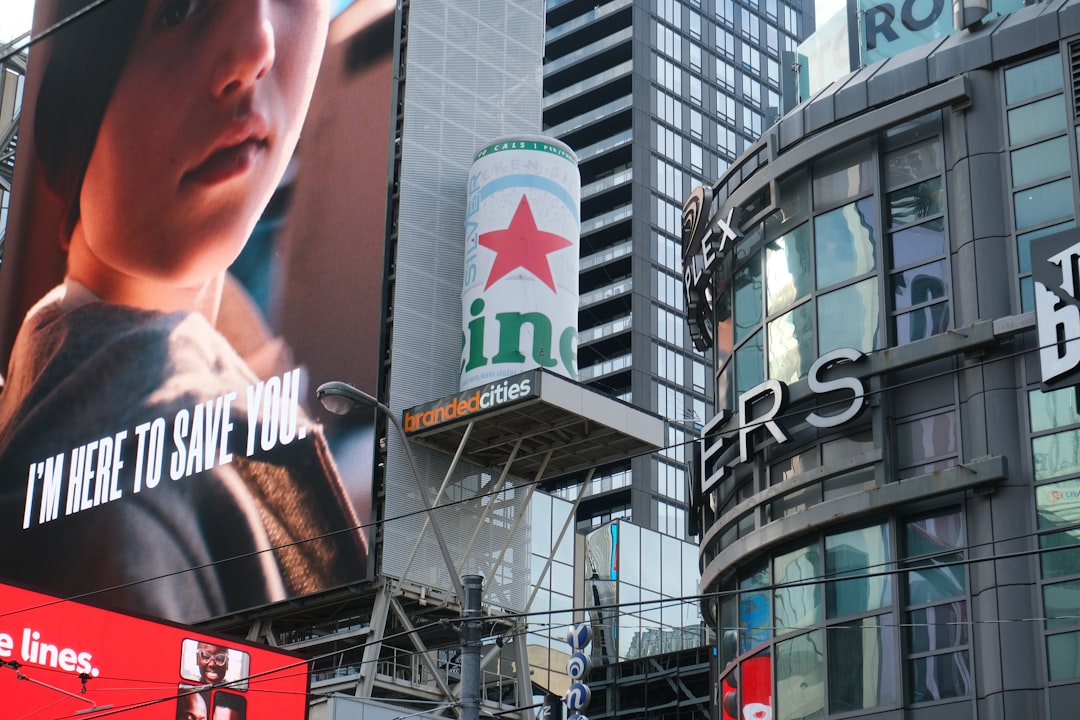When discussing online advertising, platforms like Google, Facebook, and Instagram are often top of mind. But once upon a time, Yahoo Answers was a surprisingly effective and affordable way to reach niche audiences with targeted questions, answers, and sponsored results. If you’re wondering how much it used to cost to advertise on Yahoo Answers, the answer requires a bit of history and context.
First, it’s important to understand that Yahoo Answers officially shut down in May 2021. While it’s no longer active, for many years it was a popular user-generated Q&A platform where individuals turned for advice, tips, and user opinions. Businesses and marketers recognized this as an opportunity to subtly promote their products and services through relevant answers, native ads, and sponsored content. But how did that advertising actually work—and how much did it cost?
The Different Ways to Advertise on Yahoo Answers
There were several ways to promote content on Yahoo Answers. Here are the most notable:
- Organic Product Mentioning: Users would answer questions related to a product or service, integrating links in a natural and helpful way. While technically free, managing this campaign required time and, often, paid contractors or freelancers.
- Yahoo Native Ads: Yahoo allowed you to advertise across its network—including Yahoo Answers—using native advertisements that blended into the existing content structure.
- Display and Banner Ads: Some ad real estate on Yahoo Answers pages was available through Yahoo Gemini, its advertising platform which has since merged into Yahoo’s broader ad suite, Verizon Media Native.
Each of these methods came with its own cost structure. Organic product placement might seem free, but often businesses paid third-party marketers or agencies to post strategic answers and manage the accounts. Native ads and banners, on the other hand, followed a cost-per-click (CPC) or cost-per-thousand-impressions (CPM) model.

Typical Costs: CPC and CPM Rates
To get an idea of how much it cost to advertise on Yahoo Answers, we can look at the ad rates for its broader ad network, which included Yahoo News, Sports, Finance, and Yahoo Answers. Here’s a rough breakdown:
- Native Ads: These generally fell in the range of $0.10 to $1.00 per click, depending on the niche and competition.
- Display Ads: Standard CPM rates ranged from $3 to $10 per thousand impressions. High-competition sectors like tech and finance leaned toward the upper end.
- Organic Sponsored Answers: Hiring an agency or freelancer to place helpful responses varied significantly. Rates per answer could range from $5 to $50 depending on answer quality, platform strategy, and credibility-building efforts.
Compared to the often higher CPCs on Google Ads or LinkedIn, Yahoo’s ad rates were considered moderate and affordable—making it a solid alternative for niche targeting.
Demographics and Targeting
One of the reasons Yahoo Answers was effective for many advertisers was its demographic reach. The platform had a wide range of users, often spanning ages 18 to 45, with a strong representation in categories like tech, health, education, and parenting. If your product fit into one of these industries, Yahoo Answers offered a loyal and curious user base eager for trusted recommendations.
Yahoo’s advertising system allowed targeting by location, age group, interests, and browsing behavior. However, the targeting was not as granular or AI-driven as what we see today with platforms like Meta and Google.

Was It Worth the Investment?
Many small businesses and affiliate marketers found Yahoo Answers to be a reasonable investment. The low entry cost and potential for viral, organic exposure offered impressive ROI, especially if paired with a smart SEO or content marketing strategy. A well-placed answer with a compelling narrative could stay visible for years, continuing to generate traffic long after the cost was paid.
However, the downside was its lack of longevity and increasing moderation. As marketers began to exploit the platform, Yahoo ramped up its spam-detection efforts, making it harder to maintain promotional links. Eventually, declining traffic, competition from Reddit and Quora, and a general shift in internet culture led to its closure.
Advertising After Yahoo Answers
So where can you go now? While Yahoo Answers is no longer an option, platforms like Quora, Reddit, and even Stack Exchange offer modern alternatives for community-based advertising. Yahoo still runs a broad content network, and with Verizon Media rebranded to Yahoo Advertising in 2023, there are updated tools and services available for display, native, and programmatic advertising through the revamped Yahoo DSP.
In conclusion, advertising on Yahoo Answers was an accessible and often inexpensive way to gain traffic and promote products. Although the platform is gone, understanding its advertising models helps marketers appreciate the evolution of native, community-driven advertising online.


